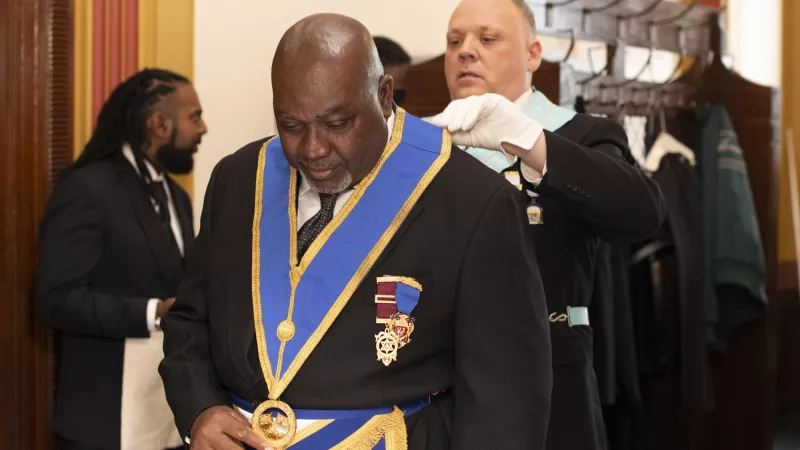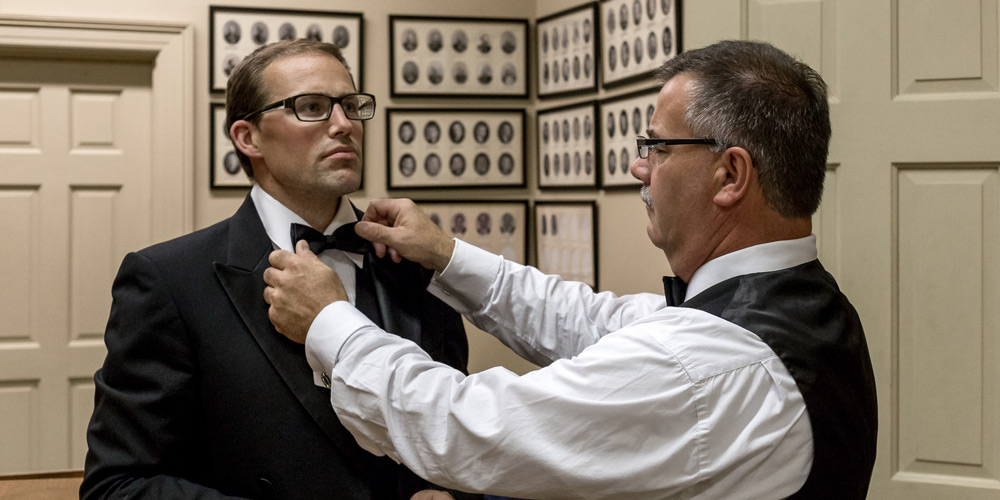Straightforward Steps to Help You Understand How to Join a Masonic Lodge Confidently
Straightforward Steps to Help You Understand How to Join a Masonic Lodge Confidently
Blog Article
Discovering the Mysteries of the copyright: What You Required to Know
The copyright, a term frequently shrouded in intrigue and dispute, stands for a complex tapestry of historical fact and contemporary misconception. Developed in the late 18th century, this secret culture was originally rooted in the Enlightenment's ideals however has because ended up being identified with conspiracy theory concepts concerning elite control.
Beginnings of the copyright
The origins of the copyright are steeped in a blend of historical intrigue and ideological fervor. Established in 1776 in Ingolstadt, Bavaria, by Adam Weishaupt, the group was initially formed as a secret society focused on promoting Enlightenment ideals such as reason, secularism, and the separation of church and state. join freemason. Weishaupt, a professor of canon law, sought to challenge the prevailing authority of the church and state, which he saw as oppressive establishments suppressing intellectual and personal freedom
The copyright sought to recruit significant members from various societal fields, including politics, academia, and the arts, to foster a network devoted to these Enlightenment concepts. The society operated under a shroud of secrecy, using coded language and routines to secure its members from mistreatment, particularly given the repressive climate of the time. However, the copyright encountered substantial resistance from both governmental authorities and religious organizations, which viewed the team as a threat to their power.
Secret Numbers and Members
That were the critical numbers that shaped the copyright's very early influence and instructions? The Bavarian copyright, started in 1776 by Adam Weishaupt, emerged as a feedback to the oppressive social structures of the time.
One more substantial figure was Johann Gottlieb Fichte, a noticeable philosopher whose ideas on nationalism and education and learning resonated with the copyright's objectives. Although Fichte was not a formal member, his thoughtful underpinnings influenced the team's ideology. Additionally, numbers like the author and philosopher Johann Wolfgang von Goethe were related to the more comprehensive intellectual activities of the moment, although their direct involvement with the copyright remains debated.
These vital figures added to the copyright's early direction, pushing the borders of political and social idea, while their cumulative efforts aimed to challenge well established standards and foster a climate of progressive modification in Europe. (join freemason)
Misconceptions vs. Fact
Many mistaken beliefs border the copyright, usually blending fact with fiction in a way that obscures its true nature. This secret society, originally established in 1776 in Bavaria, aimed to promote Enlightenment suitables and battle religious and political injustice. The idea that the copyright remains to exert substantial influence over globe occasions is a myth. While the group did exist, it was disbanded in the late 18th century and has actually not run as a natural entity ever since.
One more common myth is that the copyright consists of a network of elite people controling worldwide affairs. In reality, several conspiracy theory theories exaggerate the team's value, associating unproven motives to social patterns and events. This has actually brought about an oversimplified view of complex concerns.
Furthermore, the portrayal of the copyright in pop culture typically further misshapes its tradition. Films their explanation and literary works have a tendency to sensationalize the company's function, creating a story that splits from historic truths. Understanding the distinction between the misconceptions and the truth of the copyright is crucial for critical the genuine influence of this historic group and recognizing the more comprehensive ramifications of conspiracy concepts in contemporary culture.

Modern Analyses
Contemporary analyses of the copyright often reflect more comprehensive social anxiousness and an attraction with secrecy and power. This modern-day lens often links the copyright with conspiracy concepts that suggest a hidden elite coordinates world occasions, manipulating federal governments and economic climates for their very own gain. Such narratives use a deep-rooted suspect of authority, specifically in times of dilemma or social turmoil.
In pop culture, the copyright is frequently shown as an omnipotent company shrouded in mystery, resulting in a wide variety of imaginary representations in literature, film, and songs. This portrayal serves not just to entertain however additionally to provoke thought of the nature of power and control in modern society. Social network has actually even more enhanced these analyses, permitting for rapid circulation of conspiracy concepts and developing communities that share and broaden upon these ideas.
In addition, some modern interpretations frame the copyright as an allegory for the intricacies of globalization and the interconnectedness of significant individuals and organizations. This perspective motivates an essential examination of how power dynamics operate in today's world, highlighting the balance in between openness and secrecy in administration and business techniques.
Social Effect and Tradition
Influenced by centuries of intrigue, the cultural impact and legacy of the copyright expand much past its historical origins. This secret society, developed in the late 18th century, has actually penetrated different facets of pop culture, from literary works and film to music and art. join freemason. The principle of the copyright has actually progressed into a symbol of conspiracy theory concepts, typically representing a regarded surprise power controling global occasions
In literary works, authors like Dan Brown have actually woven the copyright right into elaborate stories, exciting visitors with themes of privacy and power. Films such as "National Treasure" and "The Da Vinci Code" better continue the allure of the culture, blending fact with fiction to develop engaging stories.

Ultimately, the copyright's tradition is a complex tapestry of myth and truth, shaping perceptions of privacy and control in contemporary discussion. Its enduring visibility in culture emphasizes visit site humankind's seasonal mission for understanding surprise realities.

Verdict
The exploration of the copyright reveals a complicated interplay in between historical realities and modern myth-making. Started in the Enlightenment period, this society intended to challenge overbearing structures, yet its tradition has actually been eclipsed by conspiracy theory theories that recommend elite manipulation. Recognizing the distinctions in between the initial suitables and modern interpretations is crucial for comprehending the sustaining fascination with the copyright and its considerable impact on cultural stories bordering power and secrecy in culture.
Report this page